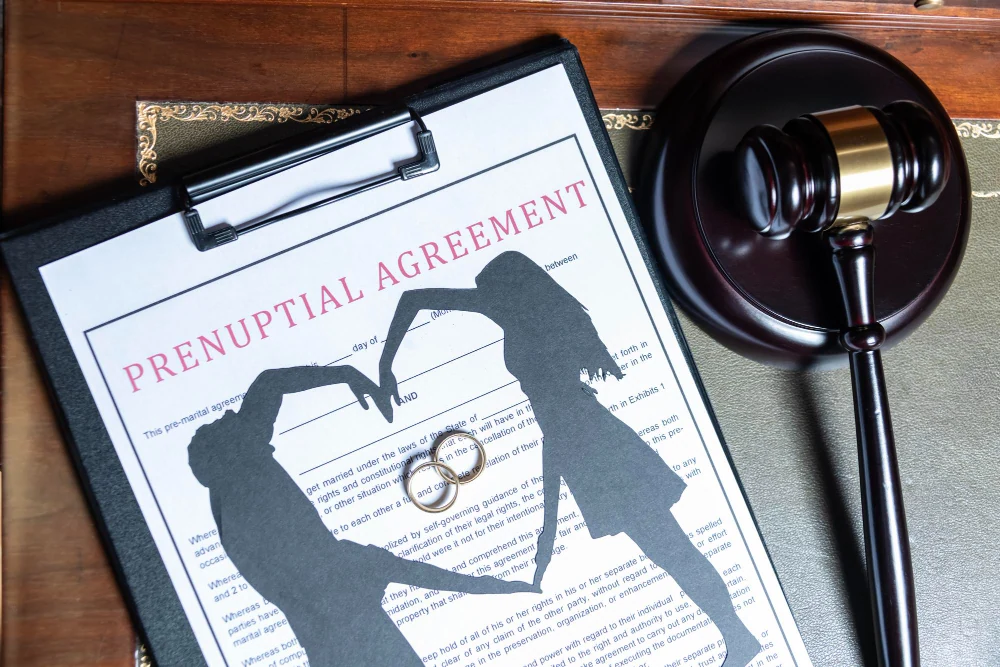Financial freedom is a condition that many people desire. Many people have achieved it, and many have not. To achieve this, of course, requires sacrifice and hard work. Like the saying "sick first, have fun later" is probably the right sentence to represent this concept of financial freedom.
What is real financial freedom and how to achieve it? This time, the BFI Finance team presents it in the article below.
What is Financial Freedom?
Financial freedom is a condition where a person can fulfill their needs without having to work harder and depend on others. Someone who has financial freedom can be said to already have more than enough assets and even strive to grow to finance their daily needs. In addition, people who have achieved financial freedom will not feel dependent on others to meet their financial needs.
Financial freedom is the result of the hard work that we have planted. Like holding back to shopping for something that is really not really needed, being aware of the needs in old age, and understanding when they have to develop their assets.
Financial freedom does not have to be owned by someone who has a high income and a certain age. Anyone can achieve financial freedom according to their own version without having to look at salary and at what age to achieve it. Because achieving financial freedom can certainly require a long process and ups and downs. So, always appreciate your every activity to achieve this concept of financial freedom.
8 Ways to Achieve Financial Freedom
Then how to achieve financial freedom for each individual? Here are 8 steps to achieve financial freedom regardless of the income you receive and the time.
1. Understand Current Financial Conditions and Needs
The first step in achieving financial freedom is knowing your financial condition. How much is the fixed income and the amount of routine expenses each month, and whether there is a debt or not? If the obligations you have to pay each month are greater than your monthly income, then you have not yet reached the concept of financial freedom.
Determine in the future, whether you want to reduce the obligation that comes from debt, or even increase the amount of income. By knowing your current financial conditions and needs, you will be more focused on achieving future financial goals.
2. Do Financial Planning Carefully
The next step is to do careful financial planning. The need to apply the right way of managing finances, determining how long a person's financial freedom can be achieved. You must be able to allocate each expense item wisely. For example, what percentage is allocated to finance daily expenses, what percentage is for savings and emergency funds, and what percentage is to pay installments if any?
Every individual's financial planning is different, but maybe you can use the 4-3-2-1 method as a reference. That is, allocate 40% of your total income per month to finance daily expenses such as food, transportation, electricity, internet, and others. Then, allocate 30% to pay installments or debts if any. Always try to pay debts on time so you don't get fined and have a good credit score. Next, allocate 20% to saving and setting up an emergency fund. The remaining 10% is allocated to do good activities such as charity or alms.
3. Have Sufficient Savings
Having sufficient savings is very important to achieve the concept of financial freedom because these funds will be very useful in the future. You can take advantage of the auto-debit feature from your bank so that it is always routine to save every month. For the amount, you can refer to the formula for setting the 4-3-2-1 salary that has been mentioned above. Allocating more than 20% every month for savings, of course, is better, as long as your daily needs can be met.
Set a saving goal to prepare for a more mature future such as funding children's education costs, renovating a house, buying priority items, or other positive activities.
4. Looking for Additional Income by Doing Business
If you have more time and energy, it never hurts to get additional income from various sources. For example, you can run a side business that doesn't interfere with your main job. There are many types of side businesses that you can run. Start with a small side business first.
If your business has grown and would need additional funds as business capital, you can apply for a business capital loan from a Financial Service Provider such as BFI Finance. A business capital loan, it does not necessarily discourage you from achieving the concept of financial freedom. As long as you can manage your business well and pay your loan installments on time, your goal of financial freedom can still be achieved.
Through BFI Finance, you have the opportunity to get a business capital loan guaranteed by BPKB Cars, Motorcycles, and House Certificates with low-interest rates and various ceilings. More information can be found at the link below.
Information on Application for Car BPKB Guarantee Loans
Information on Application for BPKB Motor Guarantee Loans
Information on Application for Home Certificate Guarantee Loans
5. Invest
To achieve financial freedom, you should also make investments that are tailored to your risk profile. If you are a beginner in this investment activity, try investing with low risks such as mutual funds or gold. The investment aims to develop assets either in real or visible and financial investments. So, the benefits will be felt in the next few years.
6. Pay Off Debt on Time
Debt is okay as long as you are fully responsible for returning it according to the agreed nominal value. Having accumulated debt will certainly make life feel more difficult and far from this financial freedom terminology. So, before you go into debt, set a clear goal for what you owe and adjust it to your financial condition.
Paying debts on time will maintain the quality of good relations between parties. In addition, if you pay debts on time to Financial Institutions, it will save you from a bad credit score and pending late payment penalties.
7. Prepare an Emergency Fund
It should be emphasized again, that the concepts of emergency funds and savings are different. Although both are funds that are set aside from the income we receive each month, they both have different goals. Emergency funds are funds that are kept to finance uncertain conditions when and for what use. In other words, emergency funds are used to finance unforeseen conditions such as if there is a family who becomes suddenly ill, finances daily expenses in case of termination of employment (PHK), and so on.
Meanwhile, savings funds are funds that are kept to finance conditions that have been clearly defined in advance. Such as savings for weddings, savings for education, savings for home renovations, and others.
There is no definite formula for the size of the emergency fund. However, you can refer to the amount 6 times your monthly expenses. No less important, separate your emergency fund account from your daily savings and expense account, so you are not tempted to use the collected emergency funds.
8. Adopt a Simple Lifestyle
The final step in achieving the concept of financial freedom is to adopt a simple lifestyle. Don't be influenced to live beyond your means or hedonic. In addition to quickly depleting funds, either from savings or your regular income, a hedonic lifestyle will trigger unnecessary debt.
A simple lifestyle can be started by diligently saving, shopping sparingly, and avoiding debt if you can't pay it off.
Well, that's how to achieve complete financial freedom. To achieve it is not easy, it takes high consistency and hard effort. Have you applied any of the eight methods above? I hope this article helps, BFI friends, and I hope all BFI friends can achieve the financial freedom you've always wanted!






